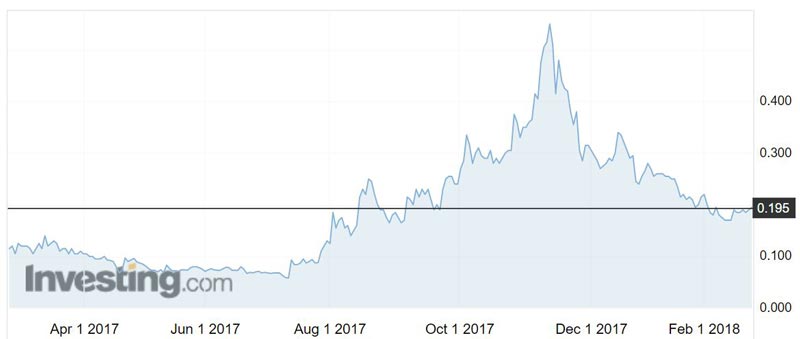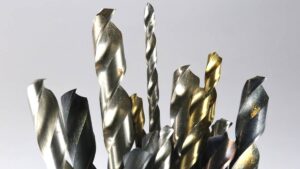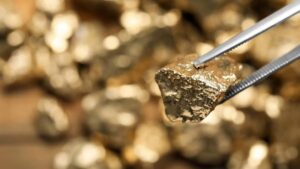How diamonds could help Artemis unlock the Pilbara gold mystery

Pic: Schroptschop / E+ via Getty Images
If you can define a resource for diamonds, you can define a resource for nuggety gold.
That is Artemis Resources (ASX:ARV) executive director Ed Mead’s take on the conglomerate-hosted gold phenomenon that is sweeping the West Pilbara.
“You can get a JORC resource on anything,” Mr Mead says.
JORC refers to mining industry standards for reporting exploration results and mineral resources, defined by the Australasian Joint Ore Reserves Committee.
“Clearly you can do it on diamonds and the theory behind all of this is very similar to diamond exploration.
“It’s just something we’ve got to work through. It’s not traditional. So a lot of brainpower goes into trying to work out the best way to deal with the nuggety gold.”
In July last year, Artemis dominated headlines after its joint venture partner Canada’s Novo Resources reported the discovery of gold nuggets in surface rock south of Karratha at the Purdy’s Reward prospect.
How the Pilbara gold nugget rush got started
‘Very good’ potential for large-scale gold mining in the Pilbara
Pessimistic about Pilbara gold? Now may be a good time to buy
The ASX-listed company’s shares shot up 973 per cent from a low of 5.5c to a record high of 59c between the time it made the announcement and mid-November last year. Shares have since cooled to around 19.5c.

But the nuggety gold is proving somewhat difficult to drill and the joint venture partners have had to undertake bulk sampling instead.
“Studies on sample size is still ongoing,” Mr Mead said. “Clearly the diamond of the drill hole is just not large enough at all. It’s incredibly hit and miss. 300kg samples at this stage have been identified as being not large enough.”
Artemis has teamed up with the Australian government’s Commonwealth Scientific and Industrial Research Organisation (CSIRO) to investigate the baffling nature of the new style of gold mineralisation.
“We’re trying to work out exactly what sample size or what actual square metres in a plainer size we actually need to cover that would clearly represent,” Mr Mead said.
“Once we have an understanding of what’s required for that we can then make more statements about how you’d actually go about getting a JORC resource.”
- Bookmark this link for small cap breaking news
- Discuss small cap news in our Facebook group
- Follow us on Facebook or Twitter
- Subscribe to our daily newsletter
CSIRO researchers, including exploration research director Dr Rob Hough, have in the past done work for heavyweights AngloGold Ashanti and Gold Fields in the Witwatersrand Basin of South Africa.
Witwatersrand is a geological formation that houses the world’s biggest known gold reserves, producing 2 billion ounces or about half the total of gold ever mined. It is believed to be very similar to the system discovered in the Pilbara.
Artemis has also drawn on the experience of renowned prospector Mark Creasy, who stumbled across conglomerate-hosted gold several decades ago.
“I spent quite a bit of time talking to Mark Creasy, who’s got a long history in the West Pilbara,” Mr Mead said.
“One of the first things he started looking at back in the 70s was actually conglomerate-hosted gold and Witwatersrand. So he’s had a strong interest in the area for a long time.”
Mr Creasy became a shareholder in Novo after he sold some tenements prospective for conglomerate-hosted gold to the company.
Artemis, CSIRO and the Geological Survey of Western Australia will be on the ground in March.
Mr Mead says he is “really looking forward to getting a lot more from them and their observations of what’s going on”.
Such as “the meaning of high iron-rich chloride, which is an observation made by Novo where mineralisation seems to be”.
“We’ve got a lot of questions about what’s going on,” Mr Mead said.
UNLOCK INSIGHTS
Discover the untold stories of emerging ASX stocks.
Daily news and expert analysis, it's free to subscribe.
By proceeding, you confirm you understand that we handle personal information in accordance with our Privacy Policy.








